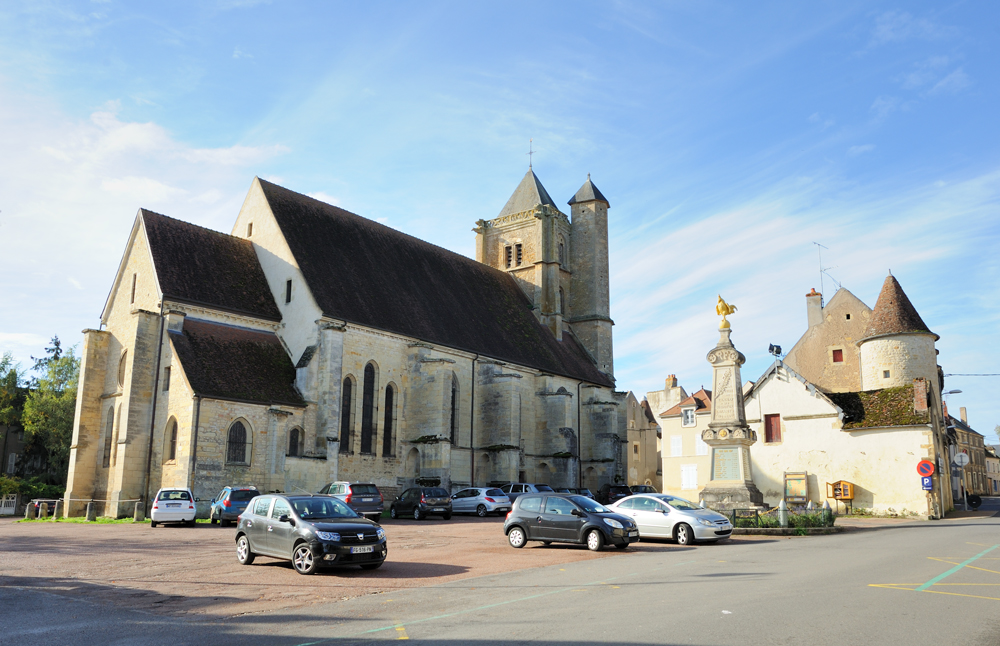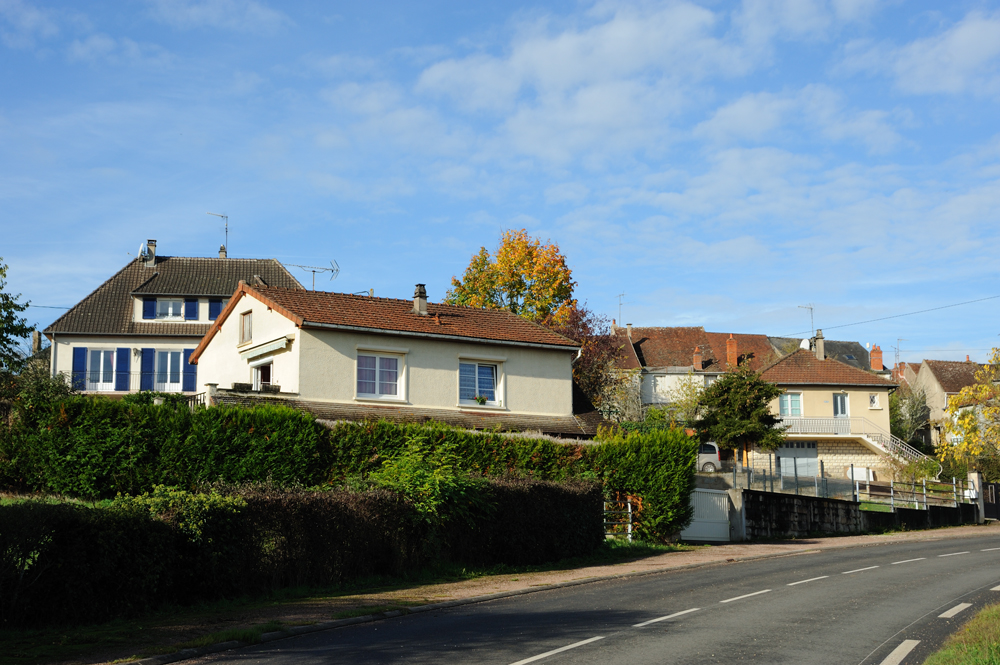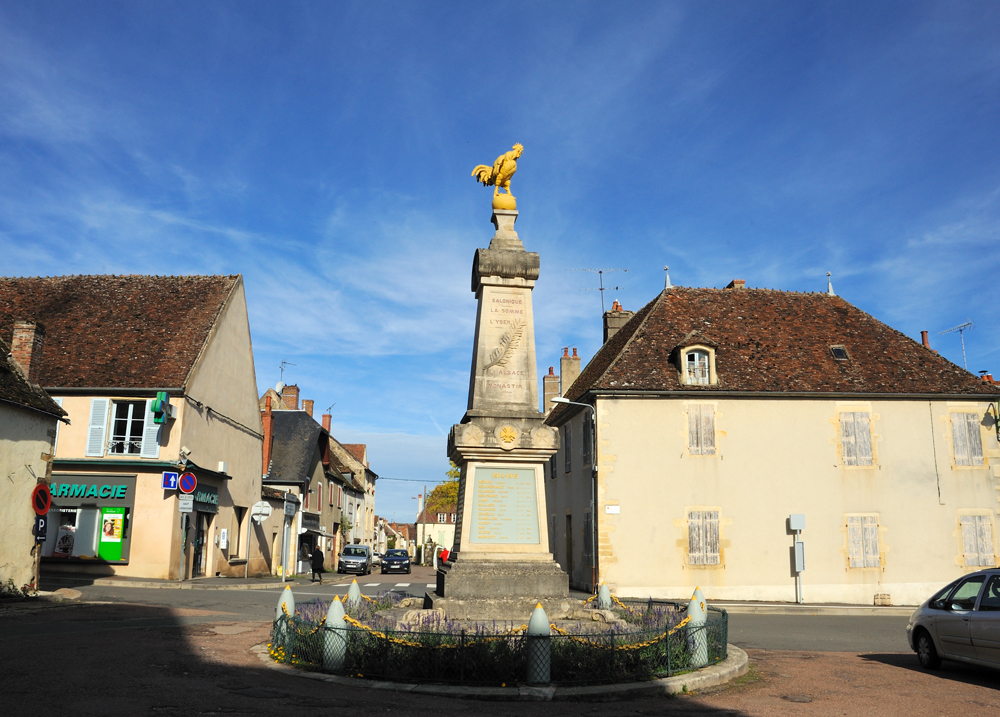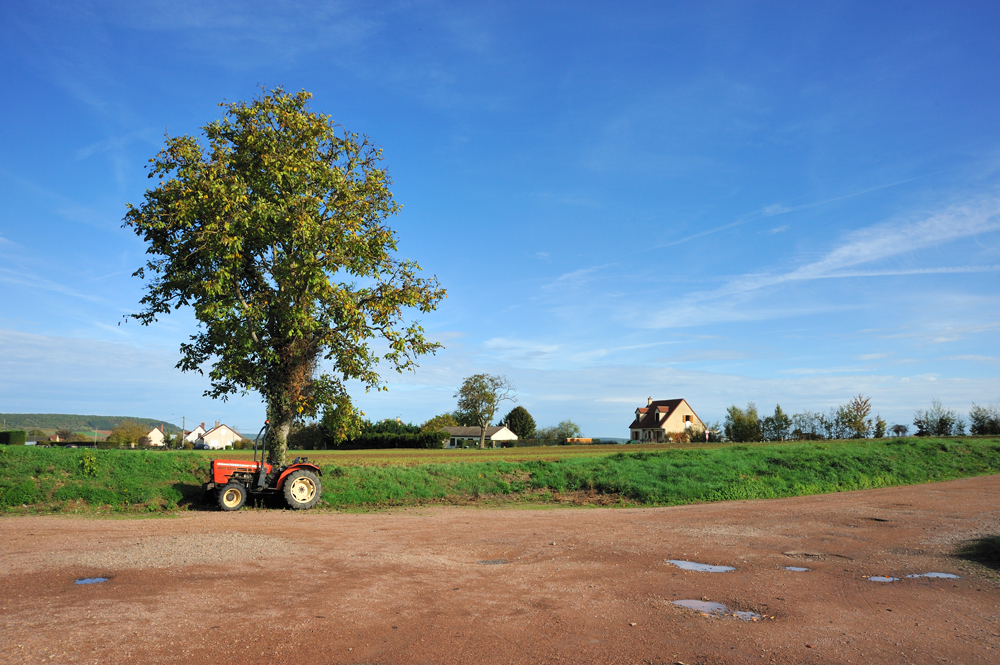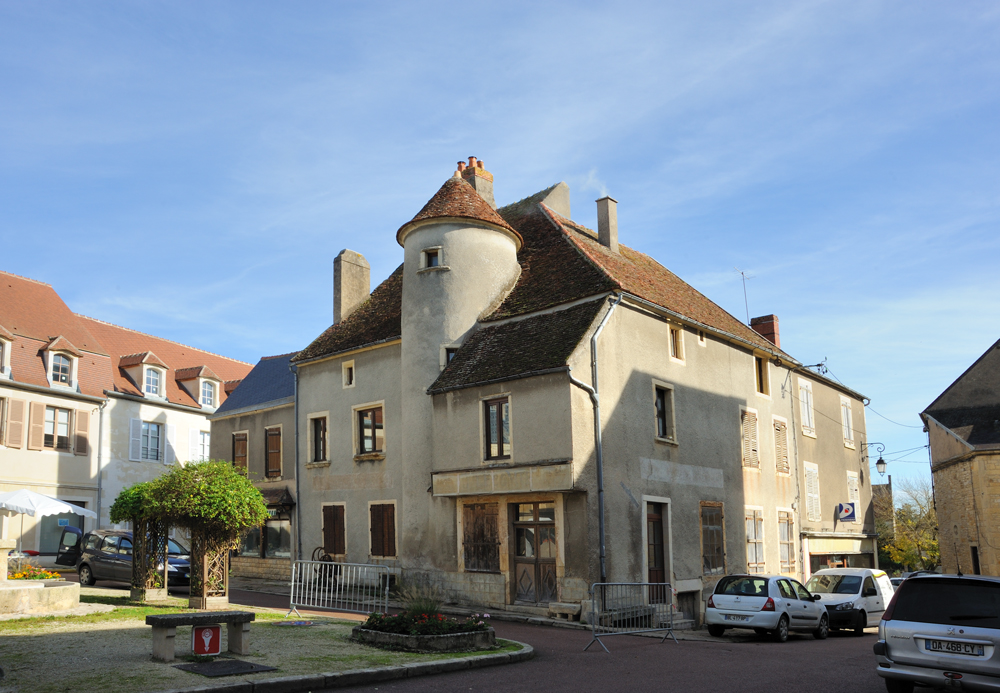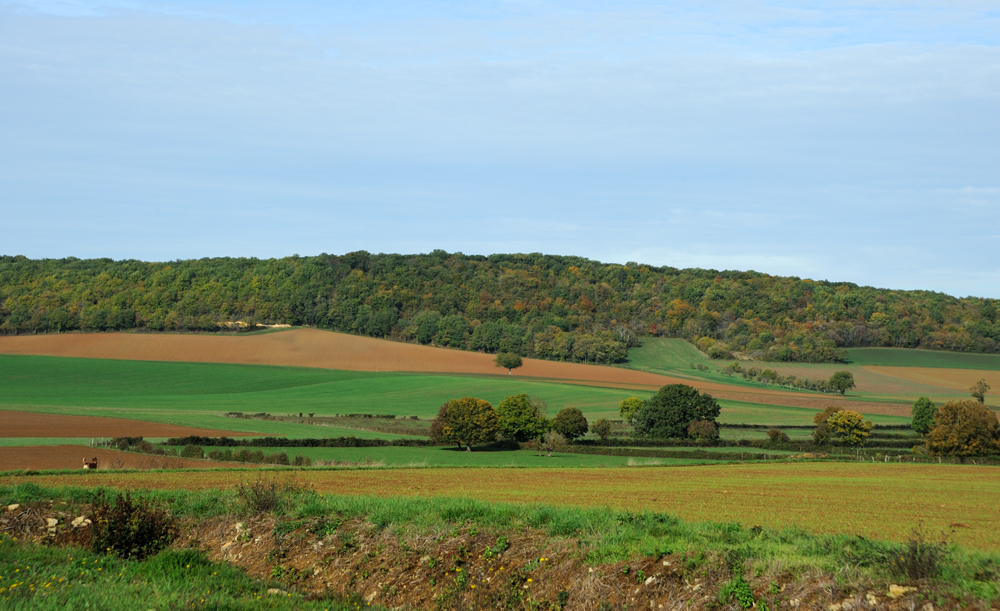
Waters and Wines of North Burgundy
Waters and Wines of North Burgundy. Joigny
Waters and Wines of North Burgundy. Way to Auxerre
Waters and Wines of North Burgundy. Auxerre
Waters and Wines of North Burgundy. Way to Vincelles
Waters and Wines of North Burgundy. Irancy
Waters and Wines of North Burgundy. Way to Châtel-Censoir
Waters and Wines of North Burgundy. Vezelay
Waters and Wines of North Burgundy. Way to Clamecy
Waters and Wines of North Burgundy. Clamecy
Waters and Wines of North Burgundy. Way to Tannay
Coteaux de Tannay was the last place on our Wine and Waters journey for the bike and wine visit. Administratively it is located in Burgundy, and the climate and soil are also typical for Burgundy. However, accolading wine territorial classification, it belongs to Loire Valley. Tannay’s winemakers make wine in the Burgundy tradition (that is logical), but it cannot be named Burgundy (because belongs to the Loire formally), so it got the IGP title. The main varieties are Chardonnay and Pinot noir, as everywhere in Burgundy, and also Melon de Bourgogne.
Melon de Bourgogne – an ancient Burgundy variety that has grown in Burgundy for a long time. However, the dukes of Burgundy during the cleaning of their vineyards form less valued varieties in the benefits of more perspective pushed away almost all Melon de Bourgogne, giving preference to Chardonnay. Admittedly, it survived, thanks to the neighbourhood Loire that invited Melon de Bourgogne to its vineyards. The Loire is a cold viticultural region with often spring frost and regular severe (for vine) winters. One such winter, 1709, destroyed most Loire vineyards. Melon de Bourgogne is a cold-resistant variety, it blooms very yearly, which gives it the possibility to bloom a second time after the spring frost. Also, it is resistant to mould, one of the plagues of cold climates. Thus, Melon de Bourgogne from the vicinity of Duke de Burgundy axe moved to desolated by the frost vineyards of Loire Valley and changed its name to Muscadet. Don’t be confused by similar names: Muscadet and Muscat are completely different varieties, nothing relative including taste.
Now Melon de Bourgogne grows mostly in Loire Valley (under the Muscatel name), a little bit in Burgundy, and some trace amounts in Willamette Valley of Oregon (under the simplified name Melon).
Melon de Bourgogne is a grape with high natural acidity, it gives very dry wines, which is the ideal complement for seafood. However, it is not very aromatic, and to make good wine, you need to make an effort. First, the climate is critical – hot weather will kill all aromas. Also, the harvest should be done at a cool temperature, the same as fermentation. Good Melon de Bourgogne has a light aroma of apple and citruses with some note of pepper and light saltiness. Vine from the soil that is rich in chalk gives the wine some minerality. This is the exact case of Coteaux de Tannay.
To give Melon de Bourgogne a more saturated taste, it is often kept on lees (sur lie) from several weeks to several months. It gives the wine a creamy taste.

For our visit to Tannay, I planned Domaine J.M. Perdikoupris. I originally liked its description, also winemaker Ugo from the winery in Vezelay recommended it. So, we went to monsieur Perdikoupris and were not disappointed. Young winemaker, and a huge enthusiast (he originally got an education in the area but decided to change everything and moved into the viniculture sphere). We had a nice conversation about wine and life. He makes Chardonnay, Pinot noir including rose, sparkling wine (in practice Cremant de Bourgogne, but, of course, it cannot be named this way), and Melon de Bourgogne. His Melon de Bourgogne is really good – refreshing, with chalk minerality, and aromas of green apple and citruses. We also tried two Chardonnay and Pinot, and everything was well-deserved.
If you are near Coteaux de Tannay, the winery is worth visiting.
It is open at scheduled hours, no appointment is necessary, tasting is free, and the host is friendly.
Some photos of Tannay:
